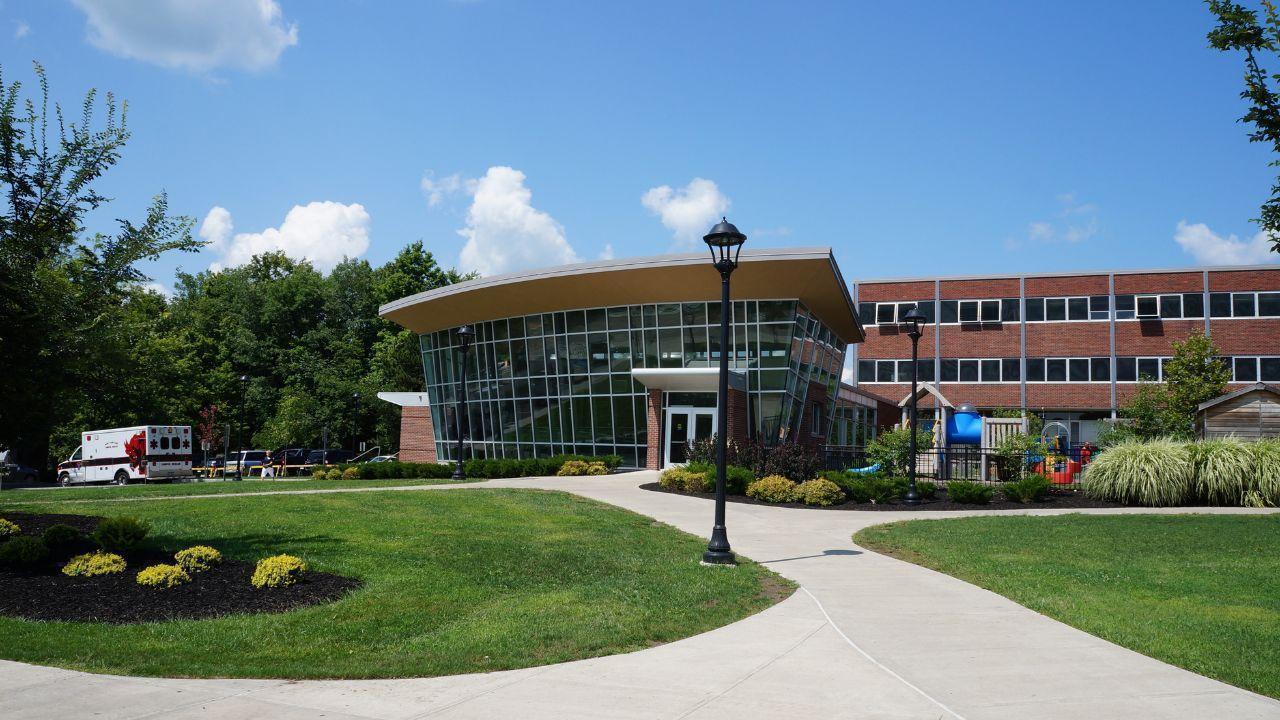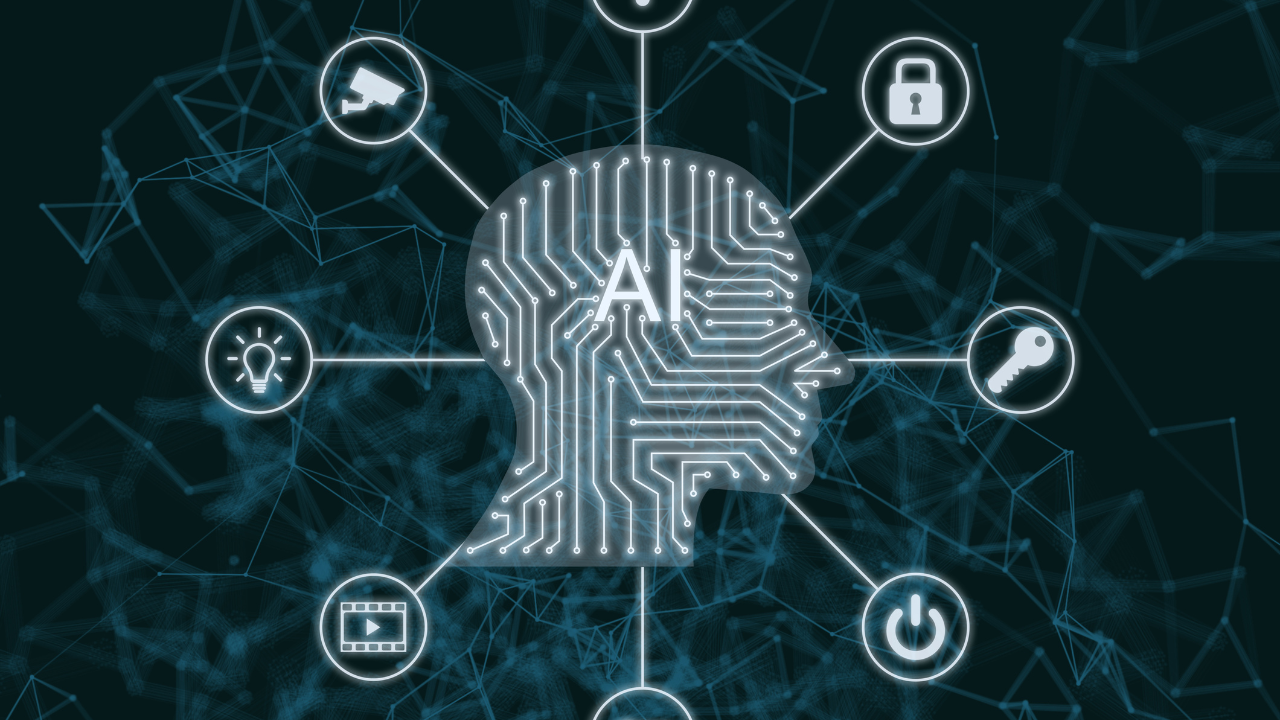



The United States is experiencing a significant demographic shift known as the "enrollment cliff," characterized by a decline in the number of high school graduates due to lower birth rates over the past two decades. This trend poses a substantial challenge for higher education institutions that rely on student enrollment for financial sustainability. To mitigate this issue, universities are increasingly turning to technology to enhance recruitment, retention, and overall student experience.
1. Leveraging Artificial Intelligence for Personalized Engagement
Artificial intelligence (AI) is revolutionizing how universities interact with prospective and current students. AI-powered chatbots and customer relationship management (CRM) systems enable institutions to provide personalized communication, anticipate student needs, and deliver tailored information throughout the enrollment process. This level of personalization not only attracts students but also fosters a sense of connection and belonging, which is crucial for retention.
2. Implementing Robust Data Analytics
Effective use of data is essential for understanding student behaviors and outcomes. Universities are investing in advanced data analytics platforms to monitor student engagement, academic performance, and other key metrics. By analyzing this data, institutions can identify at-risk students early and implement targeted interventions to improve retention rates. Additionally, data-driven insights inform strategic decisions regarding program offerings and resource allocation.
3. Enhancing Learning Environments with Modern Technology
Today's students expect learning environments that are technologically advanced and conducive to collaboration. Universities are upgrading classrooms with interactive whiteboards, flexible seating arrangements, and high-speed internet access. These enhancements not only attract prospective students but also create an engaging atmosphere that supports diverse learning styles and fosters community building.
4. Expanding Online and Hybrid Learning Opportunities
The demand for flexible learning options is increasing, particularly among nontraditional students such as working adults and those from underserved communities. Universities are expanding online and hybrid learning programs to accommodate these students. By offering accessible and affordable education options, institutions can attract a broader student base and improve enrollment figures.
5. Utilizing Technology for Alumni Engagement
Maintaining strong relationships with alumni is vital for long-term institutional success. Universities are utilizing digital platforms to keep alumni informed and engaged through virtual events, newsletters, and online communities. By leveraging technology to strengthen alumni networks, institutions can encourage donations, mentorship opportunities, and continued involvement, which contribute to the university's reputation and financial health.
#trending #latest

University Internships That Help You Get a Job After Graduation... Read More.

Is It Smarter to Start at a Community College... Read More.
 Fake posts hit Czech PM Fiala's X
Fake posts hit Czech PM Fiala's X
Fake posts disrupt Czech PM Fiala's X account security
 Switzerland Tightens Export Rules
Switzerland Tightens Export Rules
Switzerland expands export controls on dual-use goods
 Google unveils Ironwood AI chip
Google unveils Ironwood AI chip
Google introduces Ironwood chip to accelerate AI tasks & apps
 TSMC Q1 revenue up 42%
TSMC Q1 revenue up 42%
TSMC sees 42% revenue surge in Q1, surpassing forecasts
 Amazon CEO Outlines AI Vision
Amazon CEO Outlines AI Vision
Amazon CEO reveals AI investment plans in new letter
 Osaka Hosts World Expo 2025
Osaka Hosts World Expo 2025
Japan blends tech and culture at Osaka Expo 2025 launch
 A16z Plans Big Bet on AI Startup
A16z Plans Big Bet on AI Startup
A16z may lead huge round in ex-OpenAI CTO’s new AI firm.
© MyEduGoal. All Rights Reserved. Design by markaziasolutions.com